Why you can trust TechRadar
We spend hours testing every product or service we review, so you can be sure you’re buying the best. Find out more about how we test.
Final VR3000 Wireless: two-minute review
The VR3000 Wireless are gaming earbuds compatible with multiple platforms, thanks to their Bluetooth and 2.4GHz support. They can be customized using the Final Connect mobile app, featuring options to toggle the touch controls and ANC modes, as well as providing a 10-band equalizer to tinker with, offering plenty of scope to sculpt the sound profile as you see fit. It’s a shame there’s only one profile slot to save your settings to, though.
They cut a refined figure, with their small, slender profile and premium feel. They also look smart with their minimal and functional design. I found the VR3000 Wireless quite comfortable to wear, and they’re light enough to feel inconspicuous, while offering a snug and secure fit at the same time. However, I did experience some aching after about an hour, owing to the lack of any soft material around the drivers.
The overall sound they produce is excellent, rivaling the best wireless gaming headsets: it’s well-balanced, although the bass, while plenty full, lacks a little punch. The binaural qualities are also great, as Final is keen to point out in marketing the VR3000 Wireless.
The microphone renders voices with enough clarity so that it’s usable for chats, although it’s hardly the best in class, given its slightly lower fidelity compared to rivals, with inputs sounding a little muffled.
The ANC function, however, is even more disappointing, appearing only to curb certain frequencies rather than attempting to block all external noise. As a result, it fails to block out environmental sounds to any noticeable degree.
Battery life, on the other hand, did seem to live up to expectations. After several days of use, the VR3000 Wireless still had plenty of charge left both in themselves and in the case.
Connectivity is similarly reliable, although there were occasions when I had to unplug and replug the 2.4GHz dongle to reestablish connection with my PS5, which was inconvenient.
However, considering their multiple wireless options and support for a variety of platforms – not to mention the build quality, features, and excellent sound – the VR3000 Wireless represent good value. They rival costlier alternatives on many of these fronts, such as the SteelSeries Arctis GameBuds and the Sony Inzone Buds. All of this means that the VR3000 Wireless are definitely worth shortlisting if you’re after gaming earbuds with plenty of quality in a small package.
Final VR3000 Wireless review: price and availability
- $129 / £129 (about AU$200)
- Available now
- Cheaper than rivals
The VR3000 Wireless cost $129 / £129 (about AU$200) and are available now. They come with a charging case and five silicone tips in various sizes. A USB-C dongle for 2.4GHz connections is also included, but unfortunately, there’s no USB-A adapter for it.
This is a good price for a pair of high-quality wireless earbuds. They’re cheaper than the SteelSeries Arctis GameBuds, for instance, which are our current pick as the best gaming earbuds around.
They’re also less expensive than the Sony Inzone Buds, some of the best PS5 earbuds around. These had a less than impressive bass response than the VR3000 Wireless, though, but do feature much improved noise cancellation.
Final VR3000 Wireless review: specs
|
Price |
$129 / £129 (about AU$200) |
|
Weight |
0.17oz / 4.8g (each bud) |
|
Compatibility |
Android, iOS, PC, PS5, Nintendo Switch |
|
Connection type |
Wireless (Bluetooth, ultra low latency wireless dongle) |
|
Battery life |
Up to 11 hours on earbuds + 38 hours from case |
|
Features |
ANC, dual MEMS microphones, touch controls, IPX5 |
|
Software |
Final Connect app (mobile) |
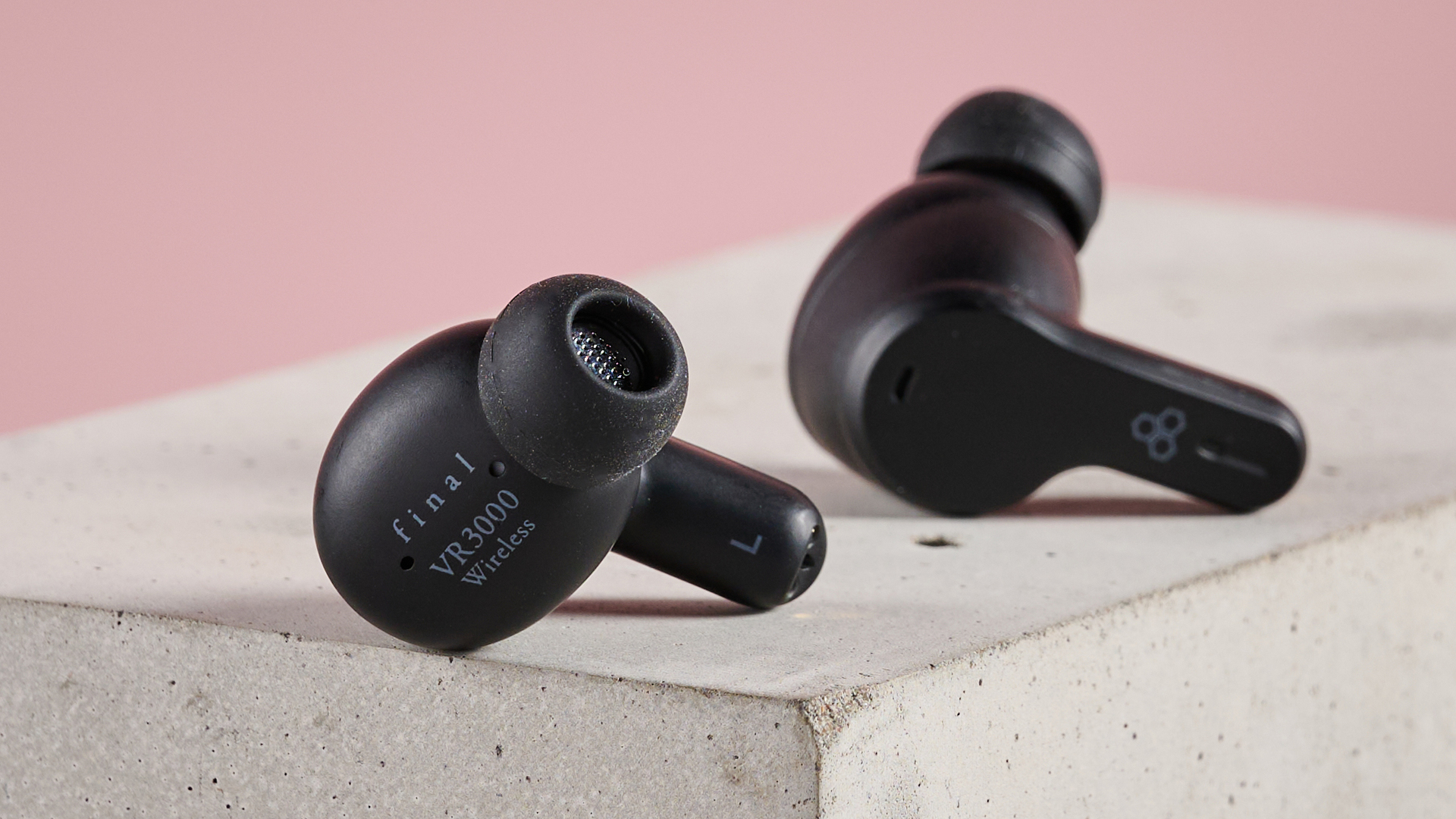
Final VR3000 Wireless review: design and features
- Well-made and premium feeling
- Small profile
- Useful mobile app
The VR3000 Wireless make an excellent first impression, with both the buds themselves and the case adopting a sleek and premium design. Both are pleasingly small as well, which makes them a great choice for those who like to game on the go.
The buds feature vertical stems typical of many earbuds, although they’re shorter than usual. They also have a more lateral fit, with the main bulk of the drivers running parallel with your inner ear, rather than protruding outwards, which gives them a lower profile.
However, one gripe I have is that taking the VR3000 Wireless out of their case can be an awkward process. The fit is extremely snug, and the magnetic hold is strong; this at least makes them secure, and I couldn’t even shake them out by hanging the case upside down.
There’s no real dimple or gap to get any purchase, and the buds only poke out marginally, so there’s not much surface area to grab a hold of. The only real place to grab them is at either end, which is problematic since you can easily trigger the touch controls when grabbing the rear portion.
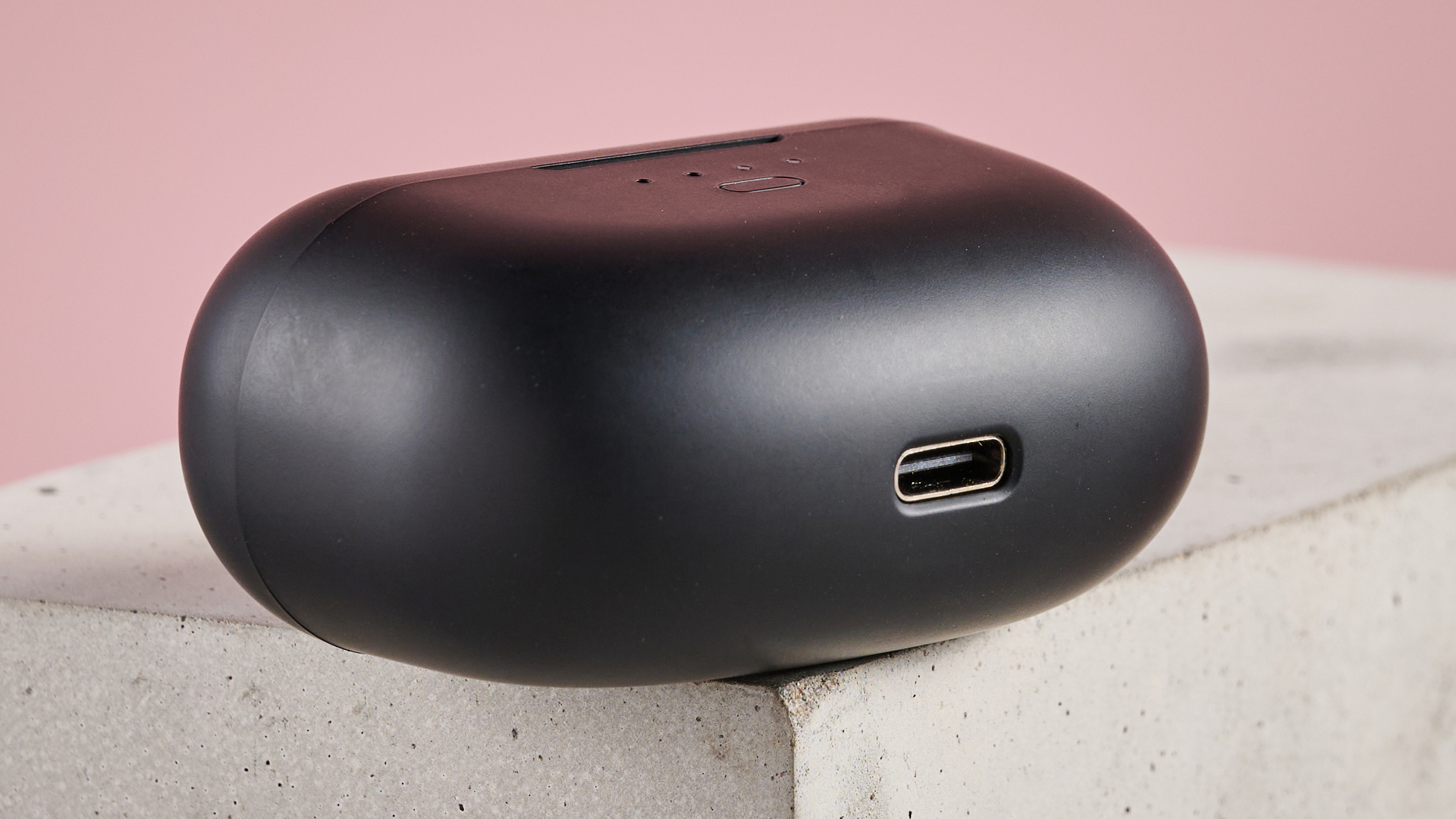
The VR3000 Wireless can be customized using the Final Connect mobile app, available for both iOS and Android. This functions well and offers some useful features, including battery life readouts for each earbud, and the ability to toggle the touch controls on or off, or just disable the touch control for powering on and off the buds. Speaking of which, the touch controls are responsive and easy to use, and thankfully, some functions are accompanied by a voiceover, which is clear and informative.
You also toggle the ANC, which also features an Ambient mode that plays a constant white noise in the background. There’s a 10-band EQ to tinker with as well, although unfortunately, it only allows you to save one custom profile.
Still, this equalizer provides a lot of scope, allowing you to boost and cut frequencies between 31Hz and 16KHz by 6db. However, I found the sliders for adjusting these a little awkward to use, given their small size and how close all 10 are to each other on screen.
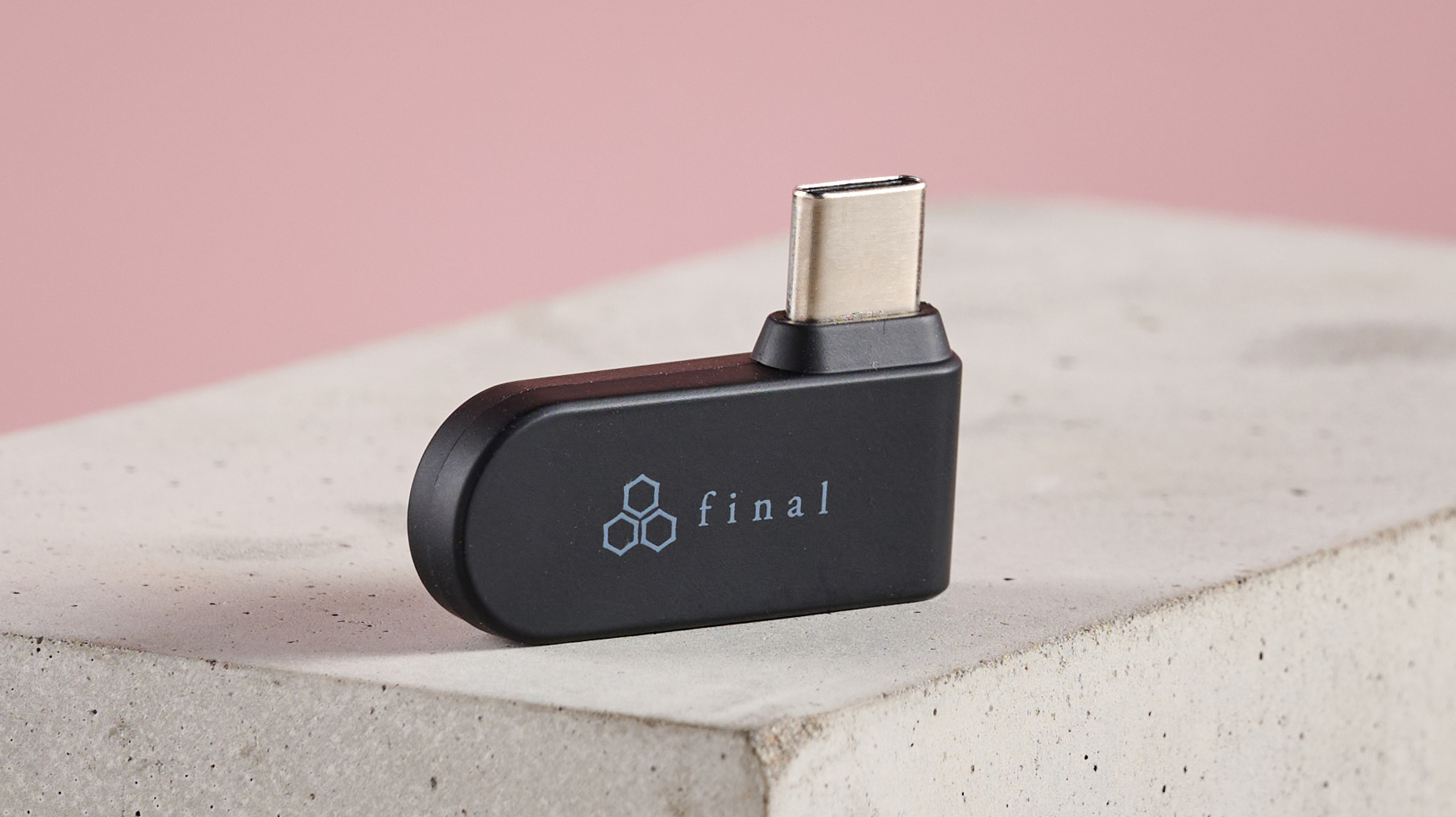
Final VR3000 Wireless review: Performance
- Excellent sound
- Poor ANC
- Some connectivity issues
The sound produced by the Final VR3000 Wireless is excellent. The clarity and fidelity are superb, and the frequencies are expertly balanced; the mids and highs are especially good, with next no distortion.
In fact, the overall sound even comes close to rivalling the best earbuds designed for audio playback. Bass frequencies are deep and full, although they perhaps lack the punch of the beefiest earbuds around.
The spatial representation of the VR3000 Wireless is also quite commendable, accurately tracking the location of nearby footsteps in Counter-Strike 2 and cars in Gran Turismo 7.
However, I found the ANC quite poor, providing no discernible buffer between internal and external noise. It seemed merely to reduce the low-end frequencies of my immediate environment, not render them any less prominent. If anything, it sometimes made them more apparent, which is obviously disastrous for an ANC mode.
The microphone quality is sufficient for voices to come through clearly, although unsurprisingly, the fidelity isn’t a match for what large mics equipped on the best gaming headsets produce. There’s a slightly muffled effect to captured inputs, but thankfully, this isn’t egregious enough to ruin chats.
I also found the VR3000 Wireless uncomfortable for long sessions. There’s no silicone rim around the chassis to offer any cushioning, so the hard plastic is in contact with your inner ear the whole time.
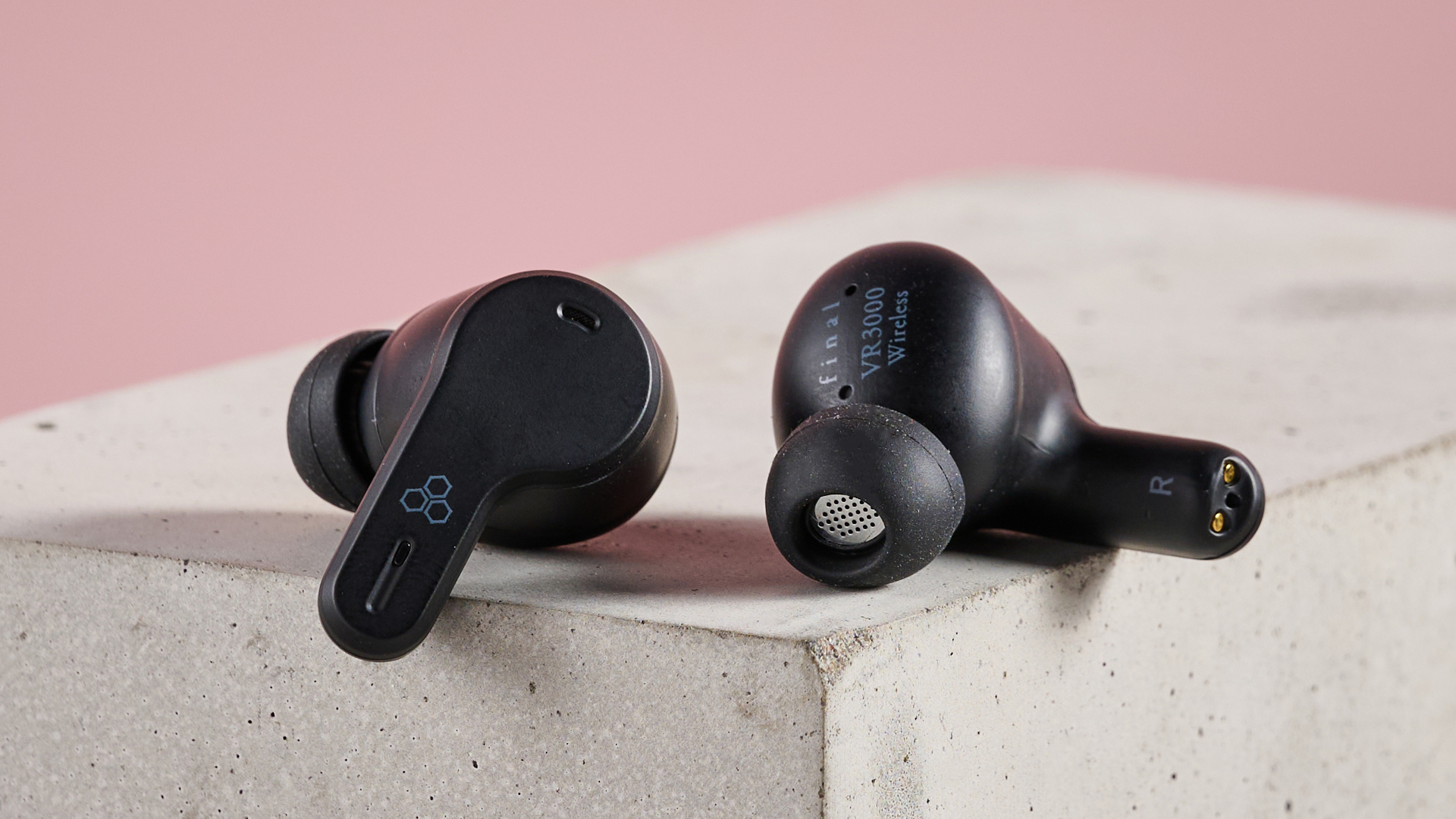
This meant that after more than an hour or so, I would start to experience aching. However, for sessions shorter than this, I generally didn’t have an issue, and I appreciated their snug fit and low weight. Sometimes, I even forgot I was wearing them.
Unfortunately, I experienced a few connectivity issues during my time with the VR3000 Wireless. When connected to my PS5 via the USB 2.4GHz dongle, there were times when it wouldn’t reconnect. The only solution was to unplug and replug the dongle, which is, of course, quite inconvenient, and not an issue you’d experience with the best PS5 gaming headsets.
Thankfully, I had no issues with Bluetooth, as the VR3000 Wireless connected to my Android phone instantly. However, I did find the volume quite loud, requiring me to turn down the system volume to well below halfway for an acceptable volume.
Switching back and forth between mobile and PC (that is, between Bluetooth and 2.4GHz) also proved quick and easy, just like it is with the best PC gaming headsets. Again, though, I experienced the same volume jump on Windows, so beware that the VR3000 Wireless are a loud pair of earbuds.
The battery life of the VR3000 Wireless seems very good as well, with both buds appearing to have retained close to full battery after a few days of varied use. The case dropped one bar of charge in this same timeframe, indicating it had between 51% and 75% left, which is also respectable.
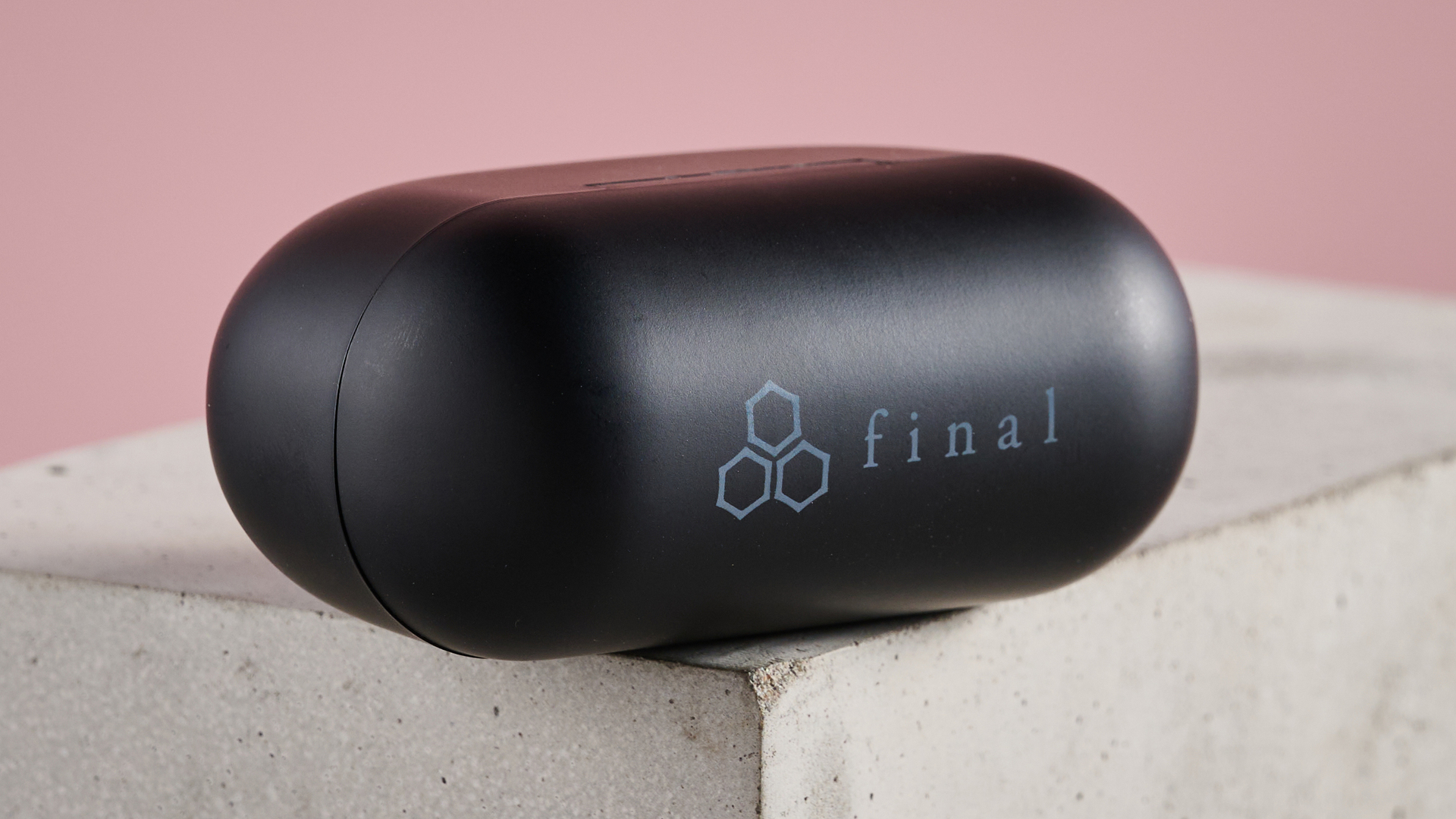
Should I buy the Final VR3000 Wireless?
Buy them if…
Don’t buy it if…
Final VR3000 Wireless review: also consider
| Row 0 – Cell 0 |
Final VR3000 Wireless |
SteelSeries Arctis GameBuds |
Sony Inzone Buds |
|
Price |
$129 / £129 (about AU$200) |
$159.99 / £159.99 / AU$359 |
$199.99 / £179.99 / AU$249.95 |
|
Weight |
0.17oz / 4.8g (each bud) |
0.19oz / 5.3g (each bud); 1.7oz / 48.7g (case) |
0.23oz / 6.5g (each bud) |
|
Compatibility |
Android, iOS, PC, PS5, Nintendo Switch |
GameBuds for PlayStation: PS5, PS4, Nintendo Switch, PC, Mac, Meta Quest 2/3, mobile; GameBuds for Xbox: Xbox Series X|S, Xbox One, PS5, PS4, Nintendo Switch, PC, Mac, Meta Quest 2/3 |
Android, PC, PS5, Nintendo Switch |
|
Connection type |
Wireless (Bluetooth, ultra low latency wireless dongle) |
2.4Ghz (via USB-C), Bluetooth 5.3 (mobile) |
2.4GHz (via USB-C), Bluetooth 5.3 |
|
Battery life |
Up to 11 hours on earbuds + 38 hours from case |
Up to 40 hours (buds 10 hours; case 30 hours) |
Up to 48 hours (buds 18 hours; case 30 hours) |
|
Features |
ANC, dual MEMS microphones, touch controls, IPX5 |
360° Spatial Audio, Qi Wireless Charging Case, 6mm neodymium drivers, four-mic ANC, transparency mode, in-ear detection/sensor, IP55 rating, fast charge, companion app with more than 100 presets |
360° Spatial Audio, IPX4 equivalent, Quick Attention, touch controls |
|
Software |
Final Connect app (mobile) |
Arctis Companion App (mobile), SteelSeries Sonar (PC) |
Sony Headphones Connect app (mobile), Izone Hub (PC) |
How I tested the Final VR3000 Wireless
- Tested for several days
- Used for gaming and music playback
- Gaming and headset experience
I tested the VR3000 Wireless for several days, during which time I used them for gaming, as well as for listening to podcasts and music.
I tested them on various platforms, including PC, PS5, and Android. I connected to these devices via Bluetooth and the 2.4GHz USB dongle.
I have been gaming for over two decades, and during that time, I’ve used a plethora of headsets and earphones. I have also reviewed a number of them made by various brands and with a range of price points, designs, and feature sets.

